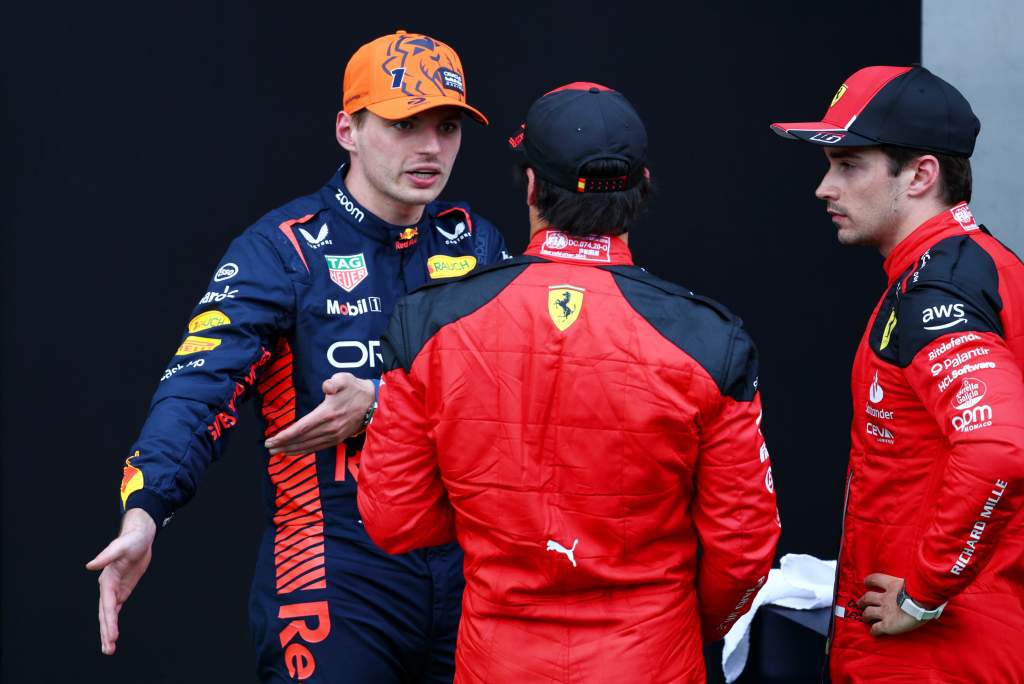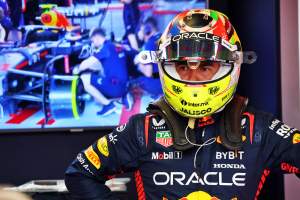Up Next

Max Verstappen believes the “silly” spate of deleted qualifying times for track limits offences at the Austrian Grand Prix made Formula 1 drivers look like “amateurs”.
There were 34 offences in qualifying at the Red Bull Ring on Friday afternoon, resulting in 47 deleted laptimes across the three segments.
The second segment was the worst-affected in a sporting sense as Sergio Perez, Esteban Ocon and Oscar Piastri missed out on Q3 because their best times were deleted while Nico Hulkenberg and Pierre Gasly were able to progress despite losing their best times as well.
Most of the offences were committed on the exit of Turn 10, as drivers strayed too far over the kerb and beyond the white line, although Perez was also guilty of crossing the white line on the outside kerb before the corner as he opened up the angle of entry.
The track limits debate is a familiar occurrence at the Red Bull Ring because of the circuit layout stressing the rear tyres and the profile of the final corner making it easy for drivers to be caught out, with Verstappen not immune from the problem as he had a lap of his own deleted in Q2.
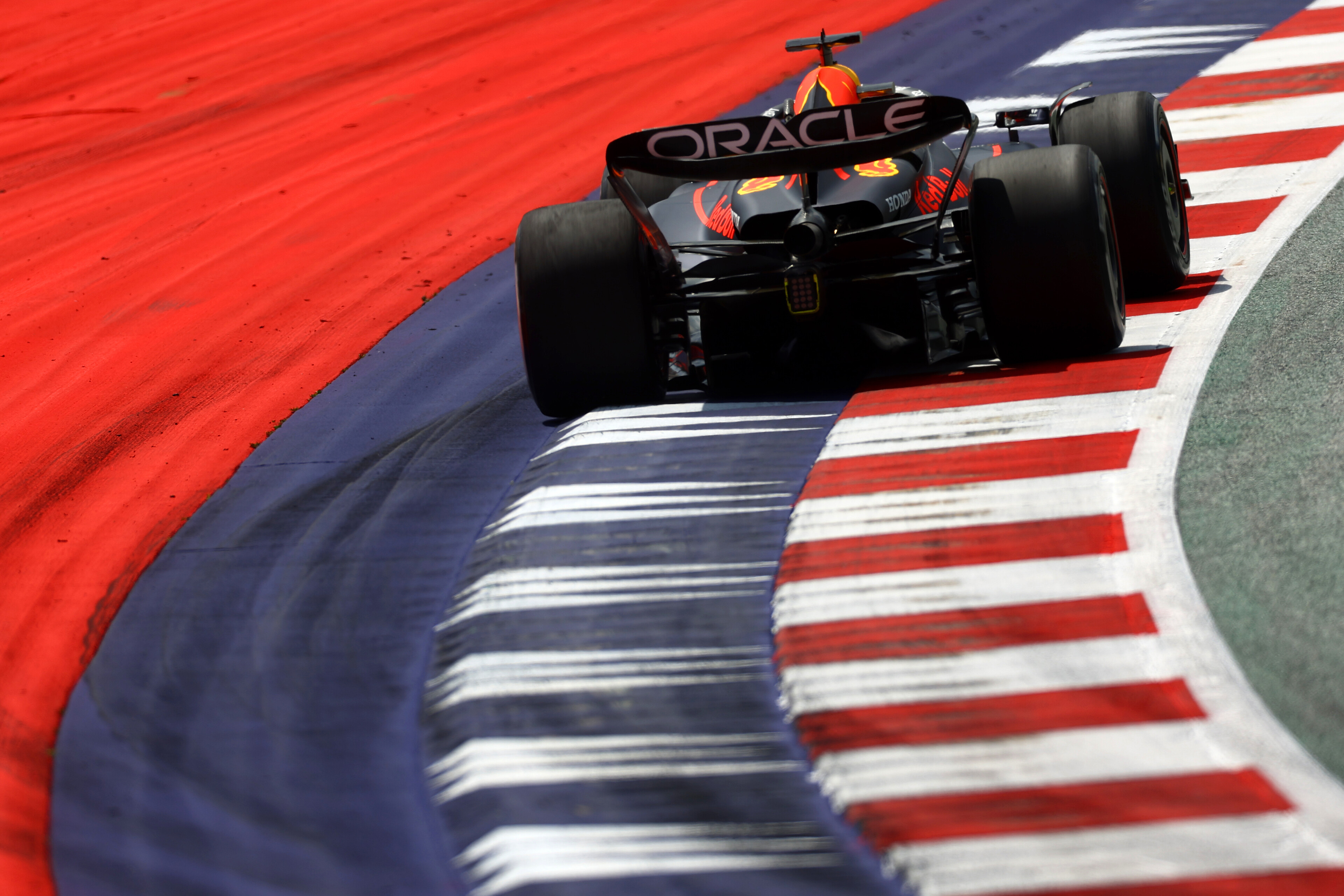
He called the Austrian GP venue “one of the worst tracks for it” and suggested critics who think drivers should do a better job of staying inside the white lines should “take my car and try it”.
“It’s super-hard to judge around here,” Verstappen said.
“You have all the compressions as well, where if you hit it slightly wrong the car immediately drops away from you or understeers and then it’s super-easy to go over the white line.
“Today it looked very silly. It almost looked like we were amateurs out there, the amount of laptimes that were getting deleted.
“And also some of them were so marginal. We even spoke about it in the briefing before, that when it’s very marginal it’s impossible to judge if it’s out or in. And they were still getting deleted.
“I don’t think it was a good look today. Of course people can say, ‘Yeah, well, then you just stay within the white lines’.
“Well, if it was that easy, then take my car and try it! But probably you won’t even get up to speed in time.”
The excessive number of penalties is effectively a result of the FIA’s zero-tolerance policy using the white lines to police track limits.
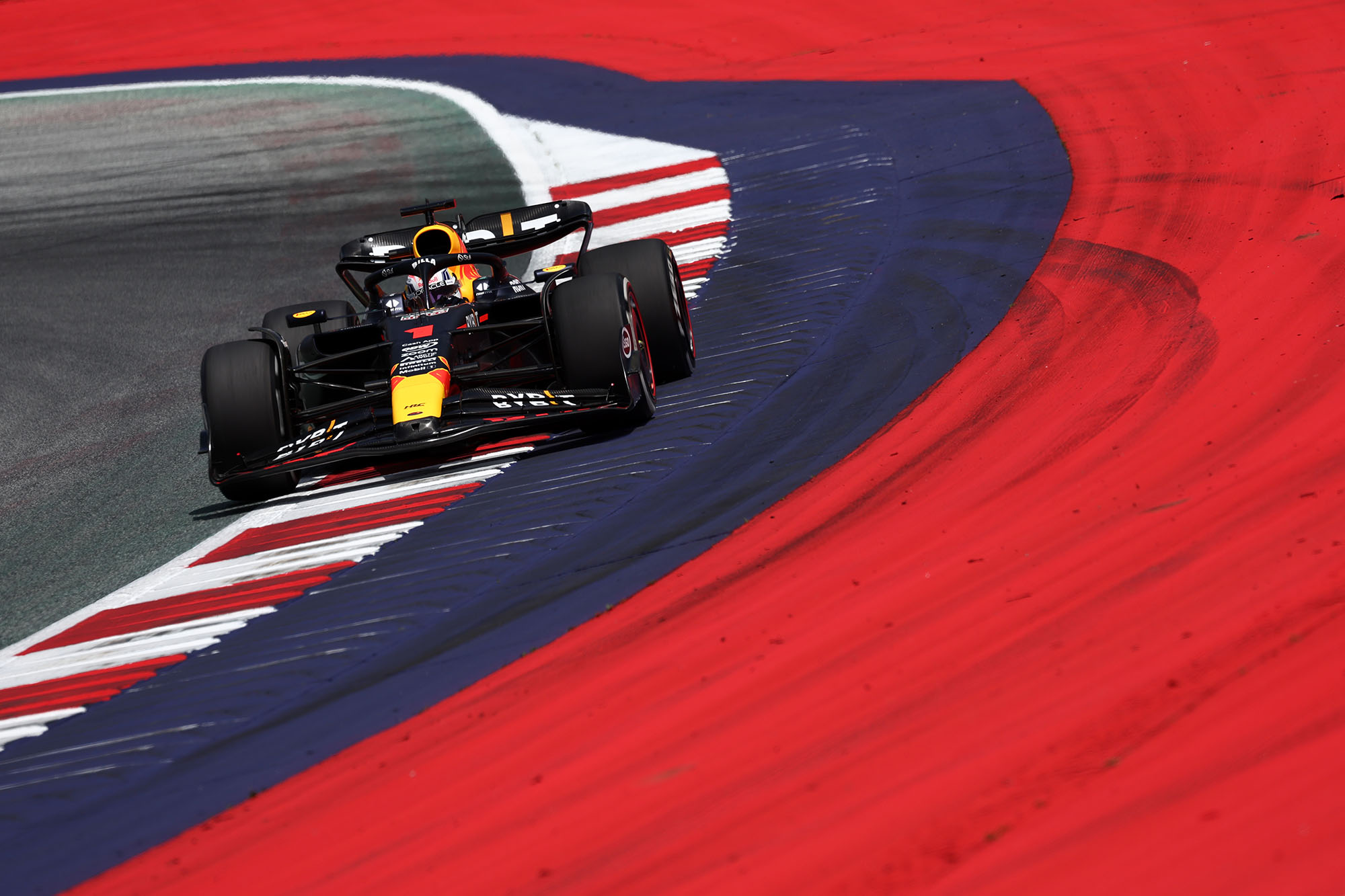
This itself is a consequence of teams and drivers calling for more consistency, as a couple of years ago there was a different policy of applying different rules at different tracks and corners.
While Verstappen is pleased that the FIA no longer mandates a painful yellow kerb as a deterrent, because several drivers felt it was a car-breaker, he lamented the fact there is no easy solution.
His preferred method would be a gravel trap but that is not going to be implemented partly because – as is the case at several circuits F1 uses – the track is also used by MotoGP, which prefers the asphalt run-off.
Asked by The Race if the various factors he had cited made track limits more a matter of luck than judgement at this circuit, Verstappen said: “If you saw the amount of laptimes that were getting deleted today by the amount of drivers, it’s clearly not that easy.
“And I don’t think we’re all idiots out there, right? Normally we’re quite good in how to judge where the limit is.
“But this track, because of the layout as well and the way the tyres operate, they overheat quite a bit through the lap, it is just very difficult.
“Most tracks I think it’s fine how we operate, but some tracks we might need to look into. At the moment there are no real answers of how to do that.”
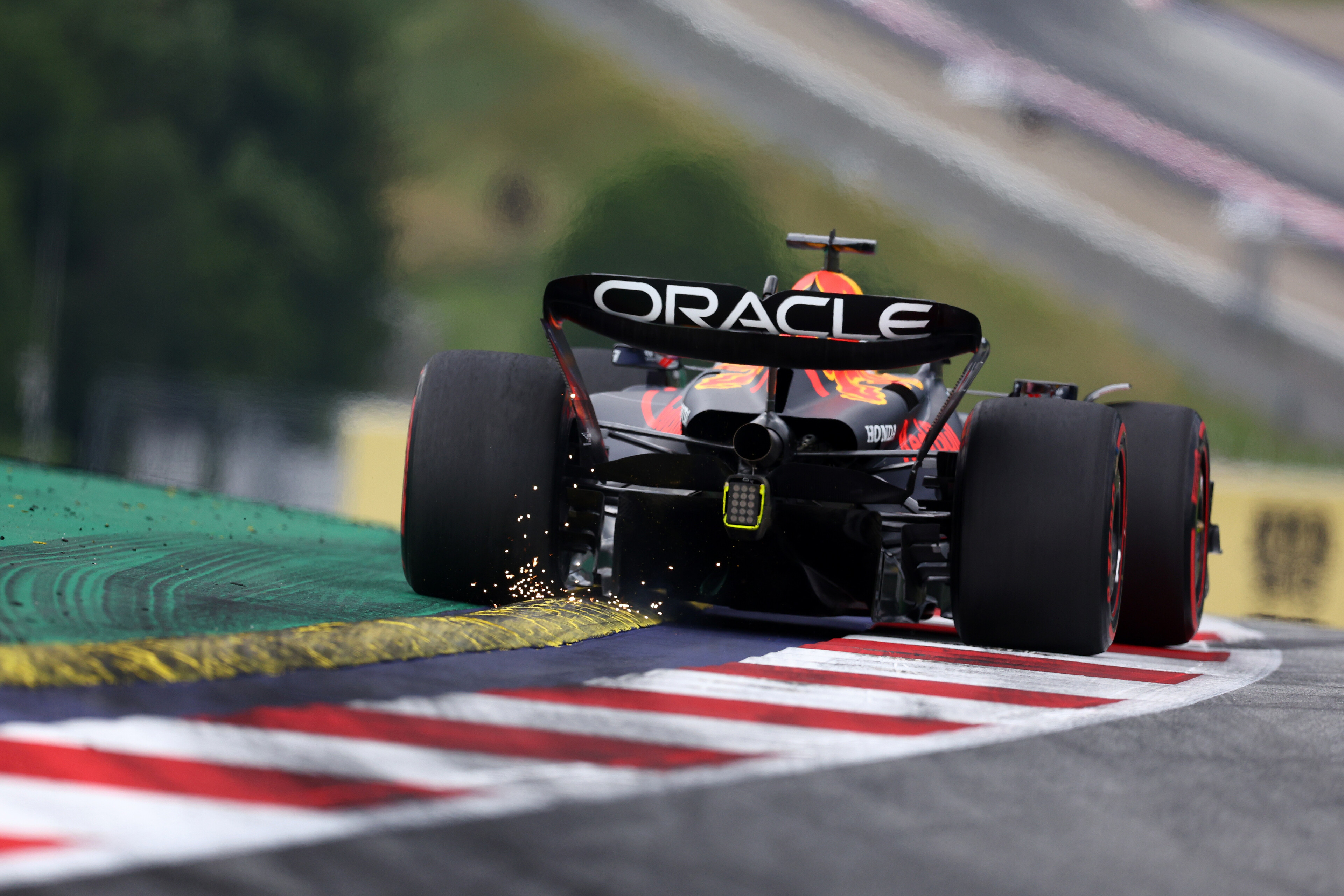
Another potential option Verstappen mooted is wider white lines, which he said has been adopted at some tracks to improve visibility for drivers.
But Ferrari’s Charles Leclerc would like a return to one of the previous solutions at the Red Bull Ring, by using the kerb as the cut-off for track limits rather than the white line (which is no longer possible because of the standardised policing at every track).
“This track is particularly tricky, especially Turn 10, because the nature of the corner is that the car is getting lighter in the middle of the corner, and then however the car is positioned there, it has a big influence on the exit,” Leclerc said.
“And from where we are, so low in the car, we cannot see anything.
“I think the helmet cam is very representative of what we are seeing, and we are not seeing at all the white lines.
“Hopefully in the future in tracks like these we can have a bit more margin, and that they understand that from the car it’s just impossible to judge.”
Leclerc and Verstappen felt other parts of the lap would also benefit from specific treatment, such as Leclerc suggesting a wider white line at Turn 4 and Verstappen feeling that track limits need not be applied at Turn 1 as the yellow sausage kerb on the exit slows cars down anyway.
Leclerc’s Ferrari team-mate Carlos Sainz agreed that the visibility of the white line at Turn 10 is a problem because the drivers also cannot feel it in the car, and would prefer a “natural limit” like the gravel that exists at other corners around the lap.
Sainz also raised a separate issue from qualifying, which is that the laps were being deleted – or reviewed and not deleted – too slowly in a live session.
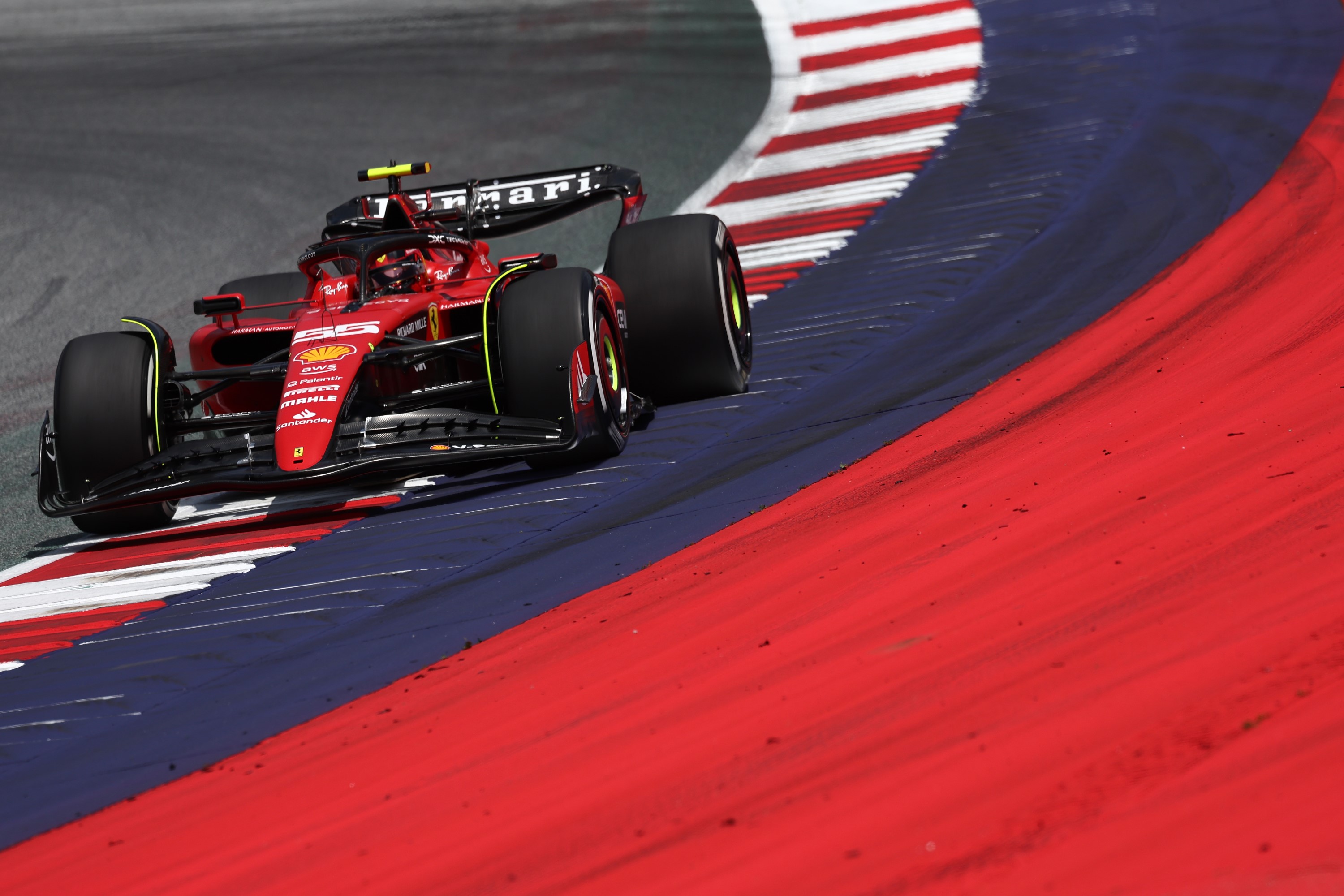
“The main issue this qualifying was how long the FIA was taking to decide,” Sainz said.
“I went wide I think in Turn 1 in Q2, run two, and I was P2, and because we didn’t know and the FIA couldn’t tell us whether I was going to get the lap thrown away, I had to go and use another set of tyres.
“Which, obviously, is quite a bit of an issue going into tomorrow. In the end the lap was not deleted.
“It’s like there’s so many track limits that even the FIA can’t keep up.
“Hopefully we can improve that, because it makes our lives extremely difficult in the car and we need to keep finding a solution.”
FIA statement
“In relation to the track limits here clearly this is something that we are very focused on and have a lot of resource deployed both in Race Control and at the FIA Remote Operations Centre to flag and review potential infringements.
“This review process has been a significant step forward in terms of efficiency compared to previous seasons, although naturally when there are a lot of things to review happening simultaneously, this takes time.
“In an ideal scenario, in places where we can improve the situation for the drivers by asking the circuits to put gravel traps closer to the edge of the track, we are doing this – this was done at Parabolica in Monza and has eliminated the track limits issue there.
“However, in some places such as the Red Bull Ring this is not possible as it would create a safety issue for other categories racing here.
“We always give the benefit of the doubt to the drivers in marginal cases.”


